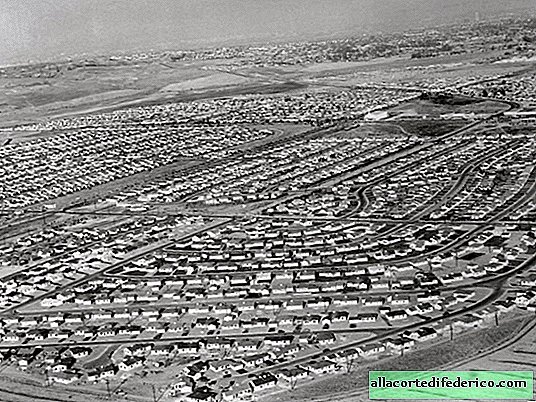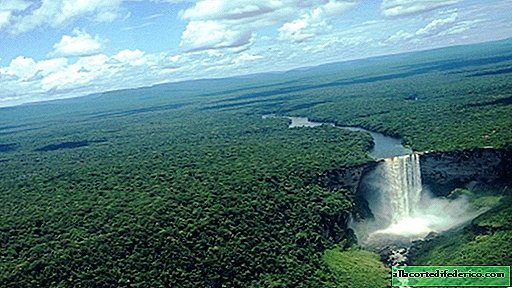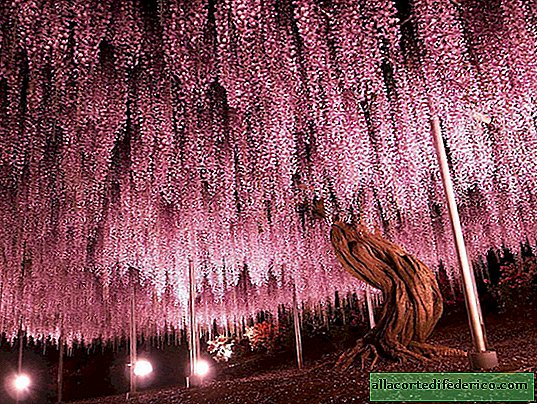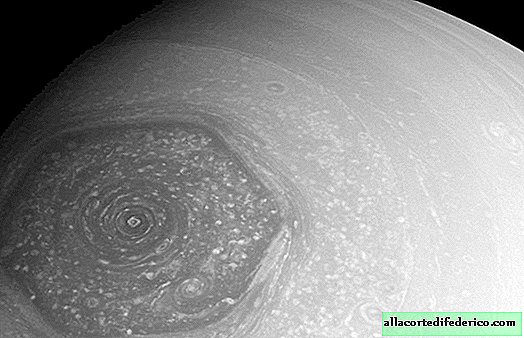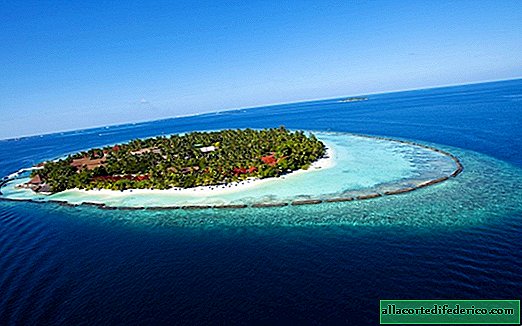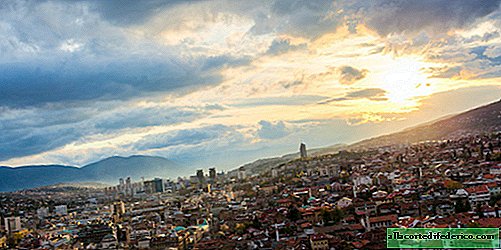Why there are so many lakes in the tundra, because there is no more rainfall than in the desert
The tundra simply amazes travelers with an abundance of lakes. It is not for nothing that this strip of land stretching along the coast of the Arctic Ocean is called the land of lakes and swamps, because there are more of them here than anywhere else on the globe. Large and small, but most often shallow and round lakes occupy vast spaces in the far North. Interestingly, there is not so much rainfall here. Winters in the tundra are extremely little snowy, and in summer there is no more rain than in the arid steppe or even in some deserts. Where then do all these lakes and swamps come from?
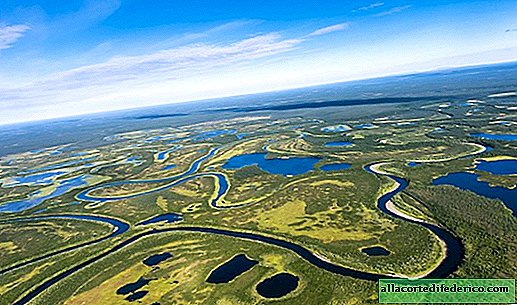
If you look at the map of annual rainfall, it becomes clear that the tundra in this indicator occupies an intermediate position between deserts and steppe regions. Precipitation here falls 100-300 mm per year, in some areas this figure reaches 500 mm. But here the temperatures in the tundra differ in their low values, which in many respects serves as the reason for the formation of that number of lakes and swamps.

The tundra is a zone of continuous distribution of permafrost, which can reach a depth of 500 meters and even more. Summer in the tundra is cold and very short. Despite the fact that a polar day is observed behind the Arctic Circle, this is exactly the case when the sun shines, but does not warm. The sun is low above the horizon and the rays fall on the surface of the tundra at a large angle, so most of them are reflected without warming the surface with heat. The average monthly temperatures of the summer months do not exceed 5-12 degrees Celsius, and the frost-free period can last only a few weeks. Because of this, permafrost in the tundra thaws only in its upper layer, by 40-60 centimeters, while moisture remains on the surface. Precipitation and water resulting from permafrost thawing do not go anywhere, since a layer of frozen rocks prevents them from seeping into the ground.

But evaporation of moisture practically does not occur: low temperatures help to evaporate less moisture from the surface than with atmospheric precipitation. It turns out that even with such a small amount of precipitation comparable with the desert climate, the evaporation in the tundra is always less than the precipitation. This picture leads to excessive moisture and the formation of a large number of lakes and swamps.


